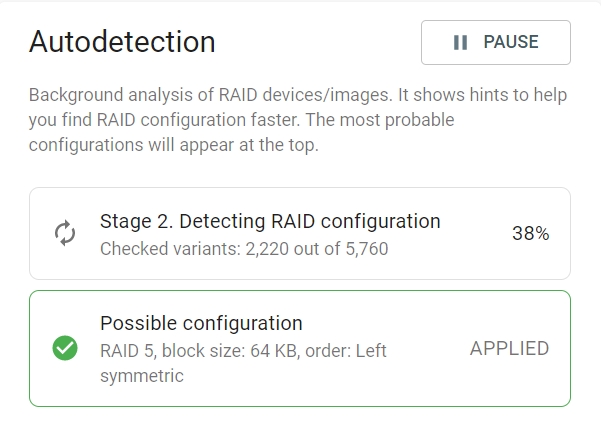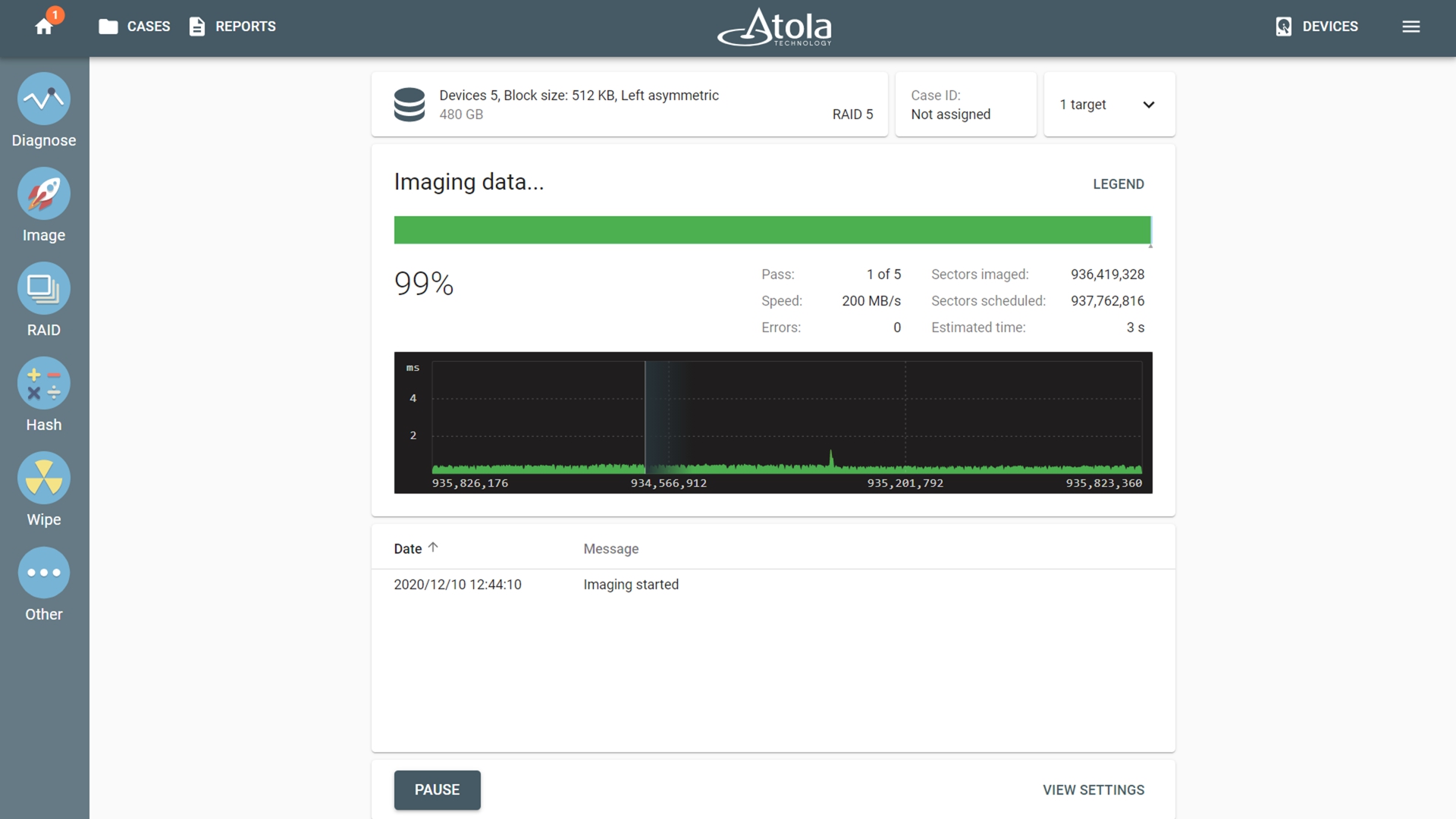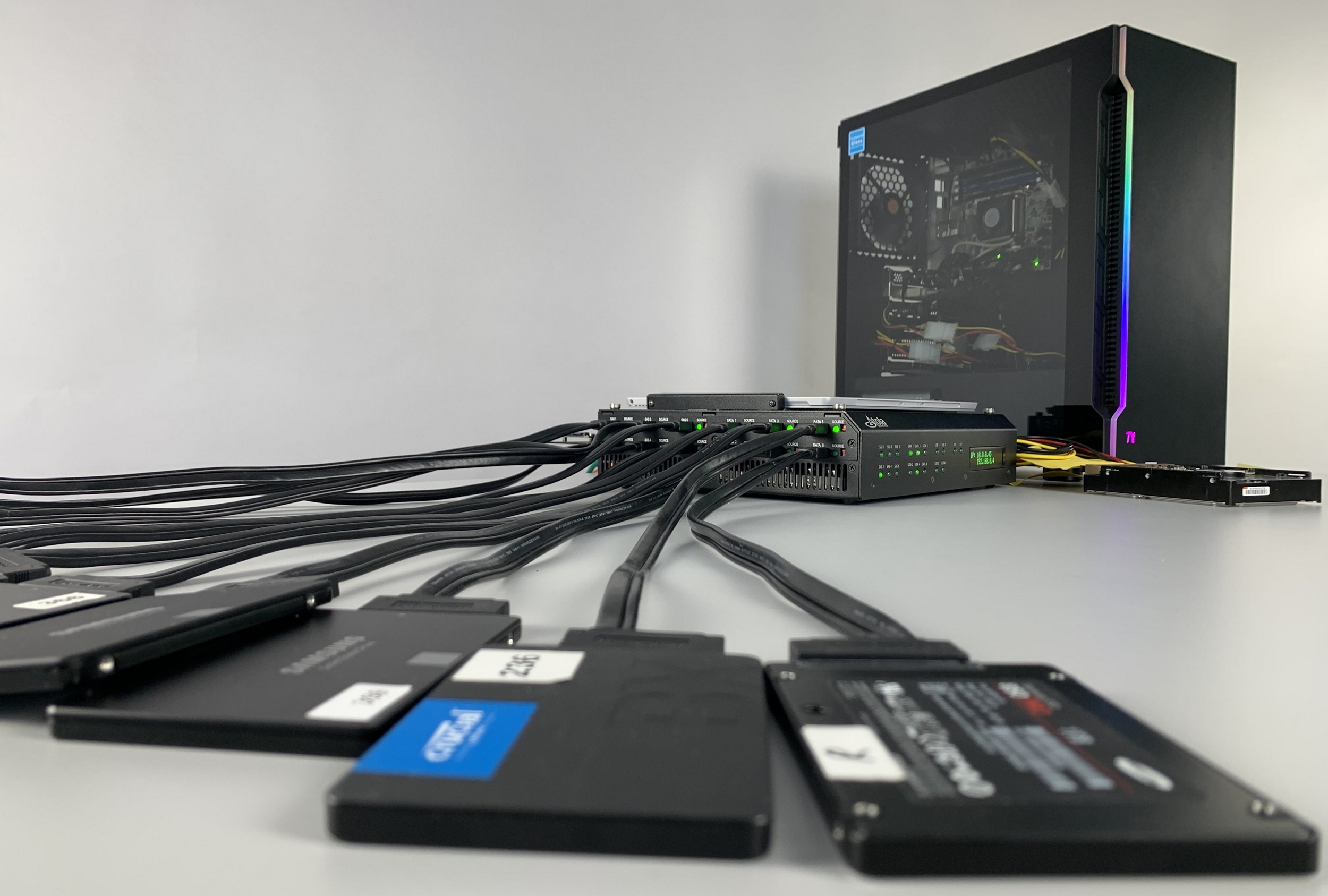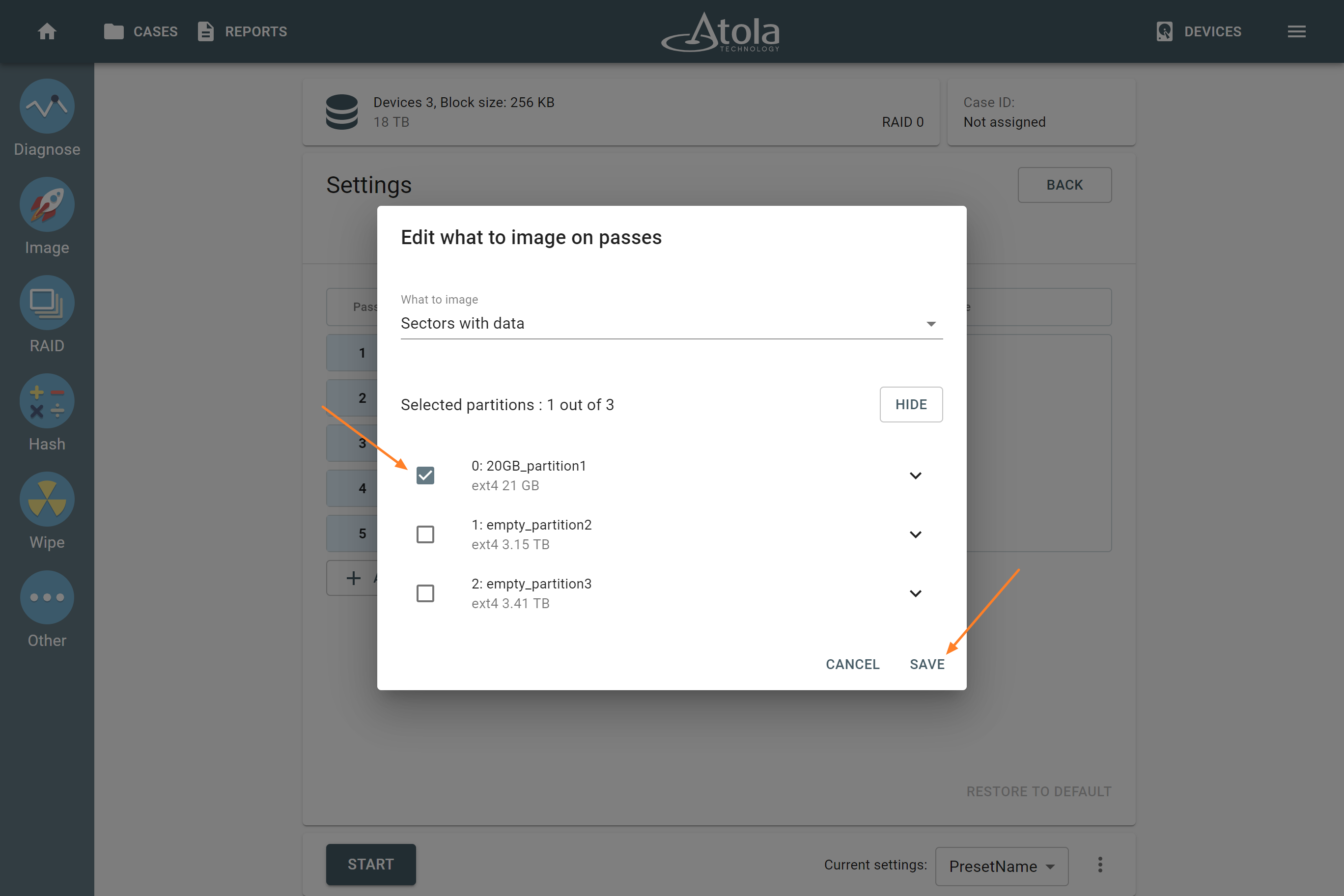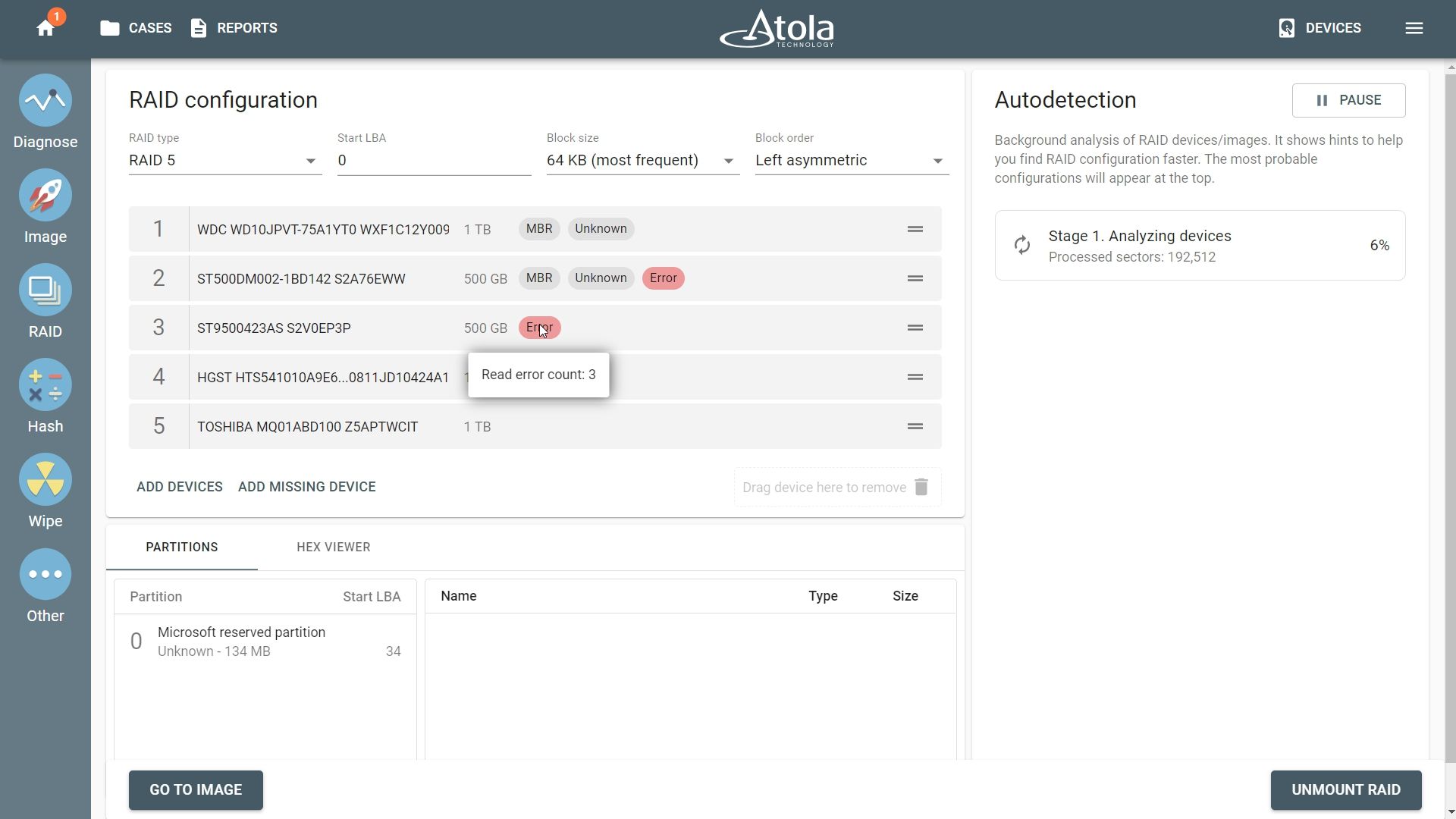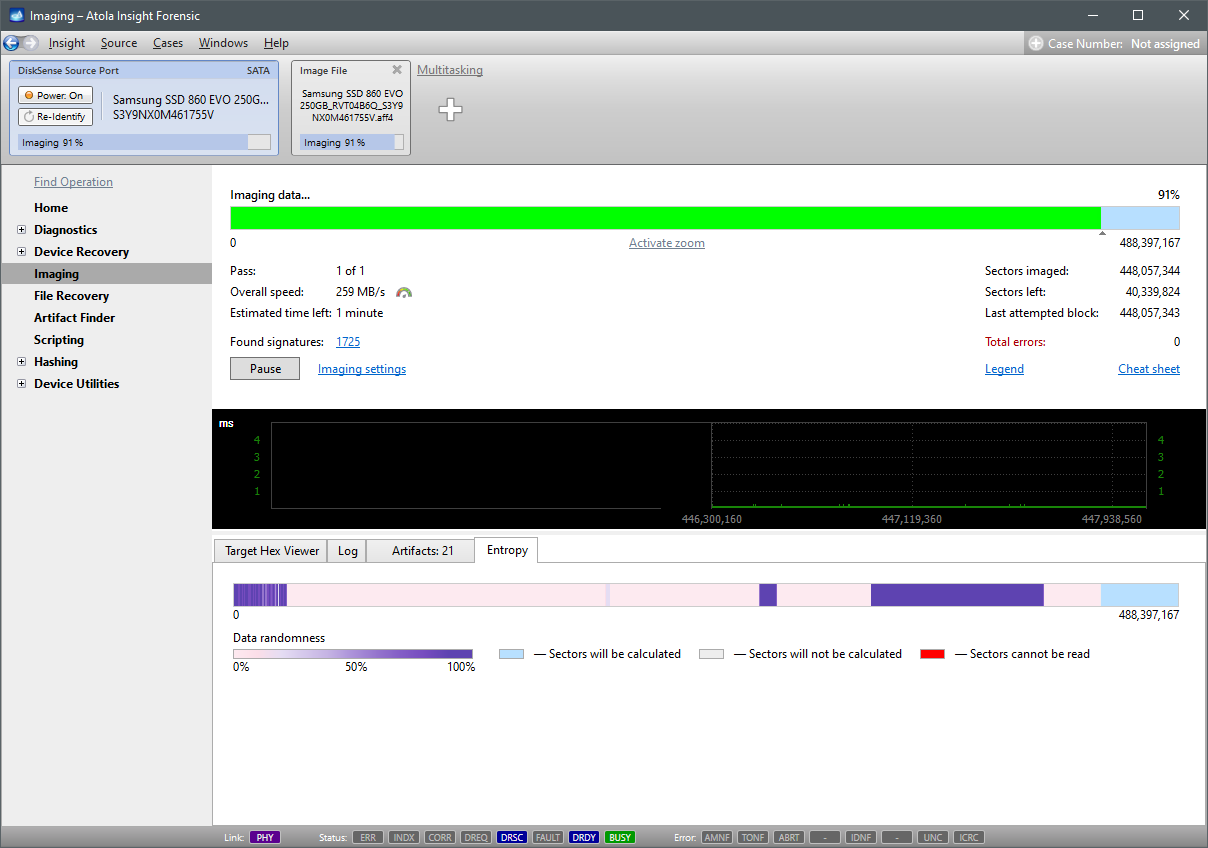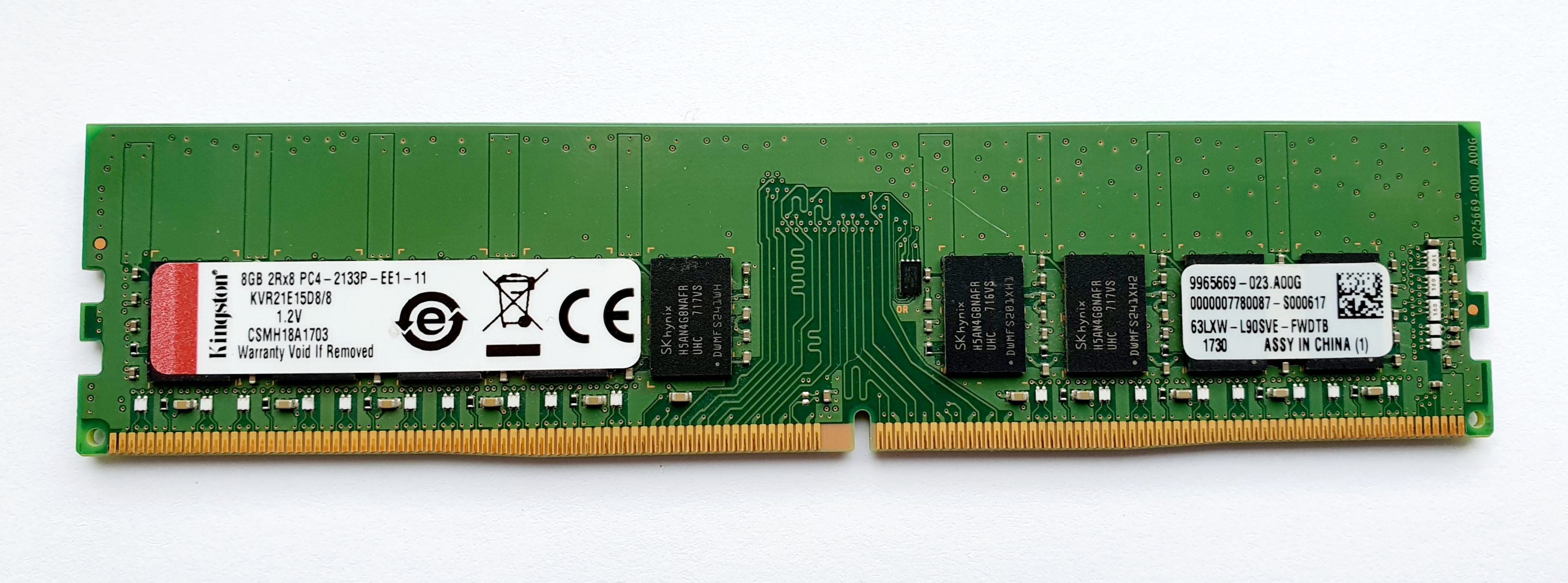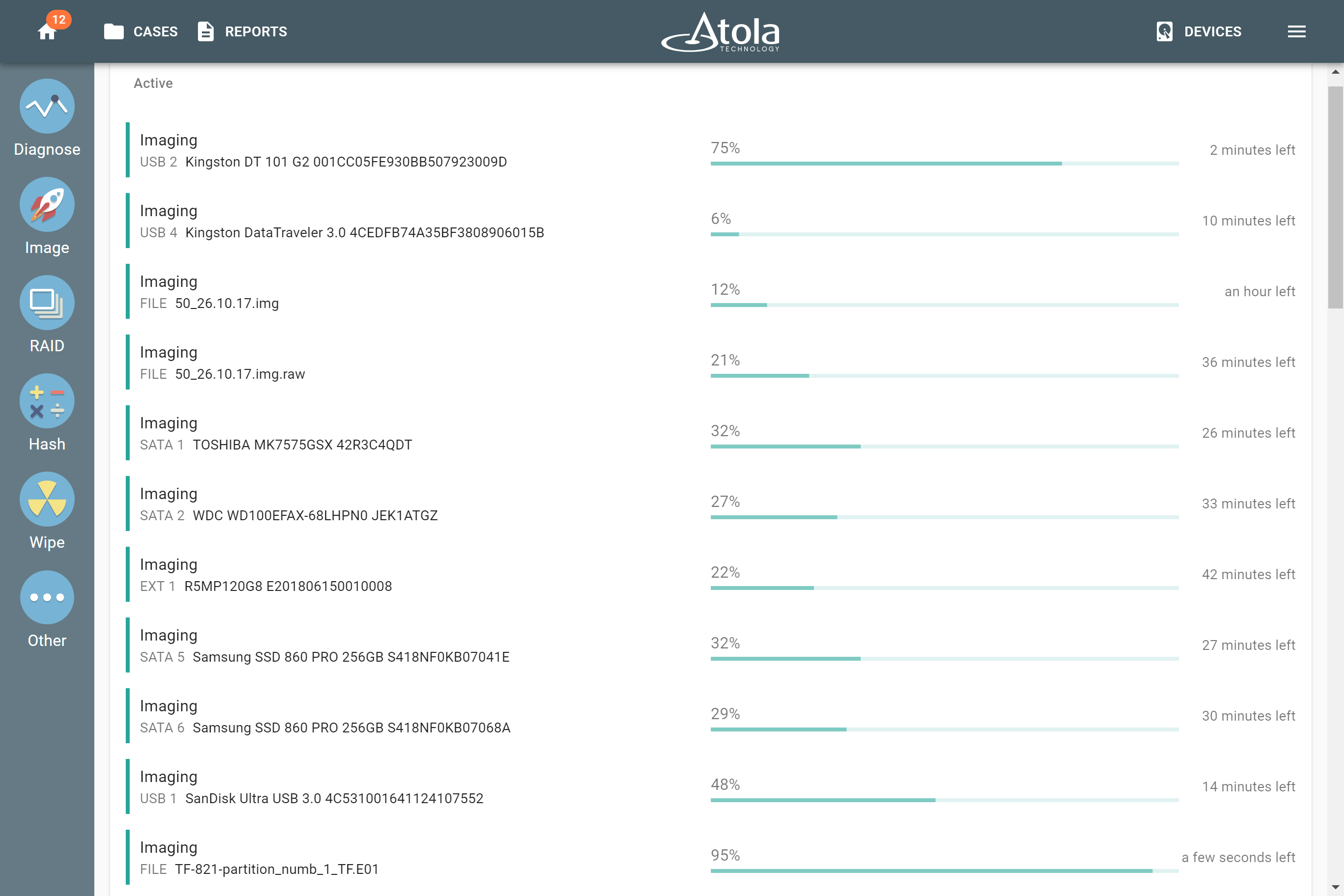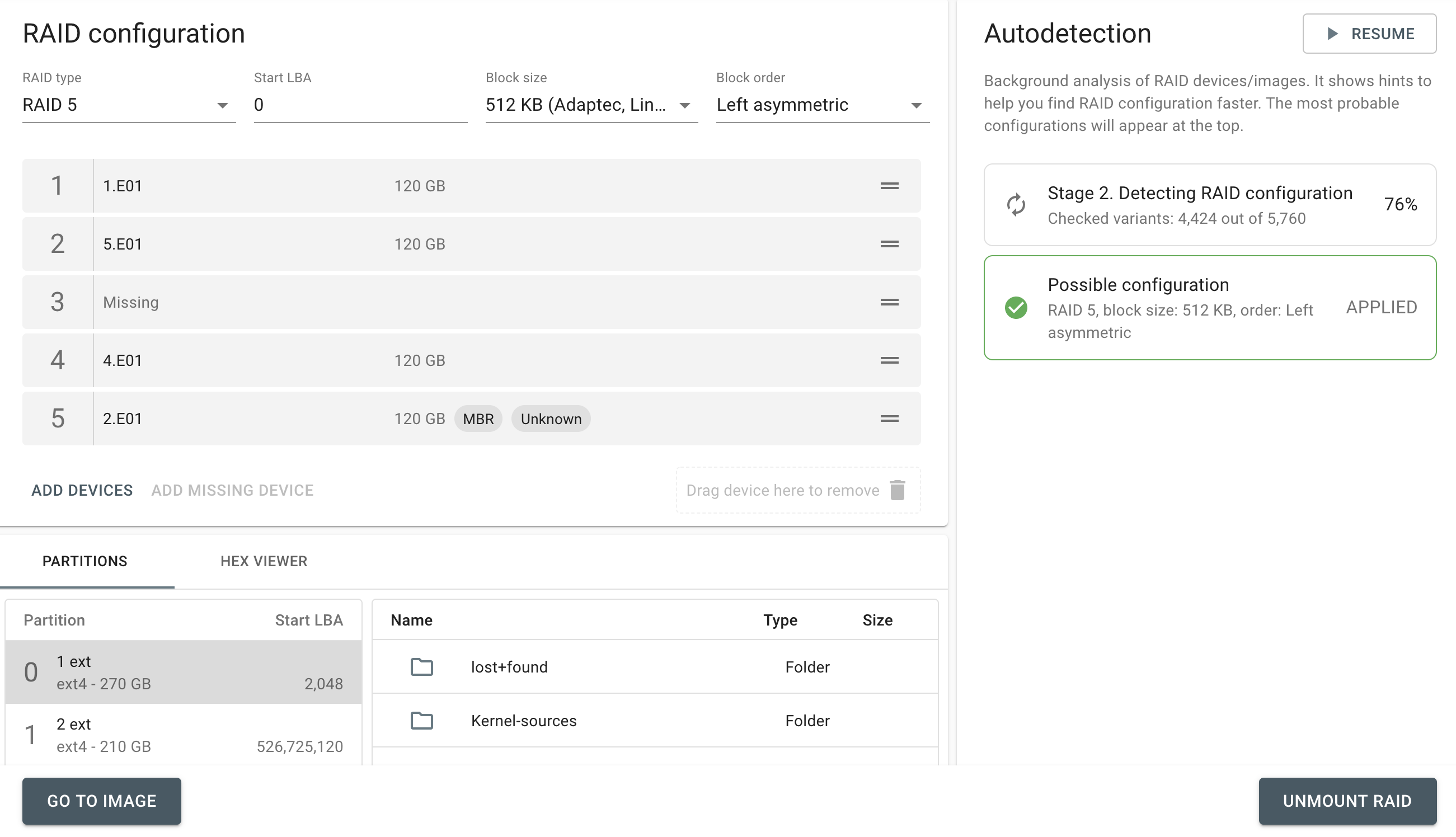Atola TaskForce
RAID configuration detection in Atola TaskForce
With RAIDs landing on forensic examiners’ desks often being completely anonymous, finding the correct RAID configuration becomes a tedious manual job that can take hours and days to complete. To make this process efficient and effortless, Atola developers equipped TaskForce forensic imager with a breakthrough configuration autodetection module. This time-saving solution automates the configuration search and allows the operator to focus on the more urgent tasks that require human attention. TaskForce Autodetection module TaskForce’s RAID configuration autodetection process commences immediately upon selection of the RAID members, which can be any combination of devices and image files. In Stage 1, the autodetection module reads data on the drives to determine the Read more…
